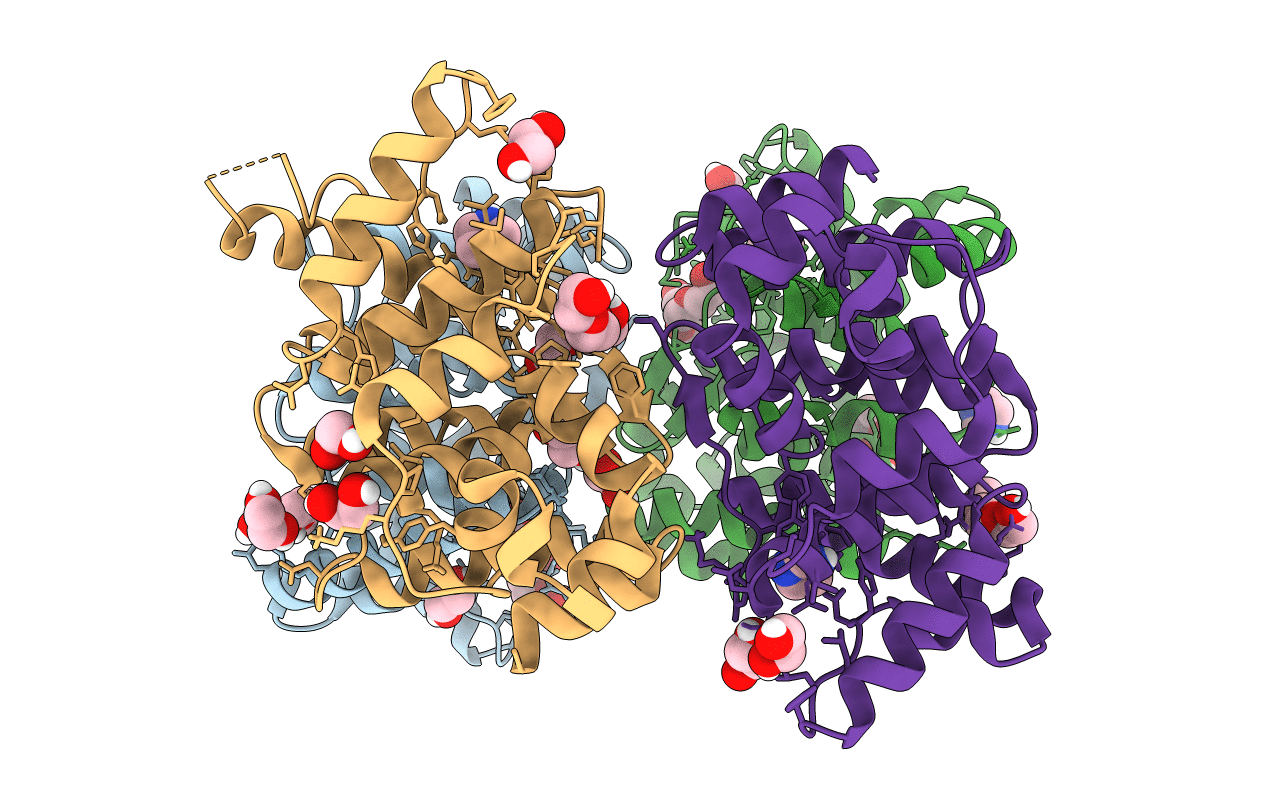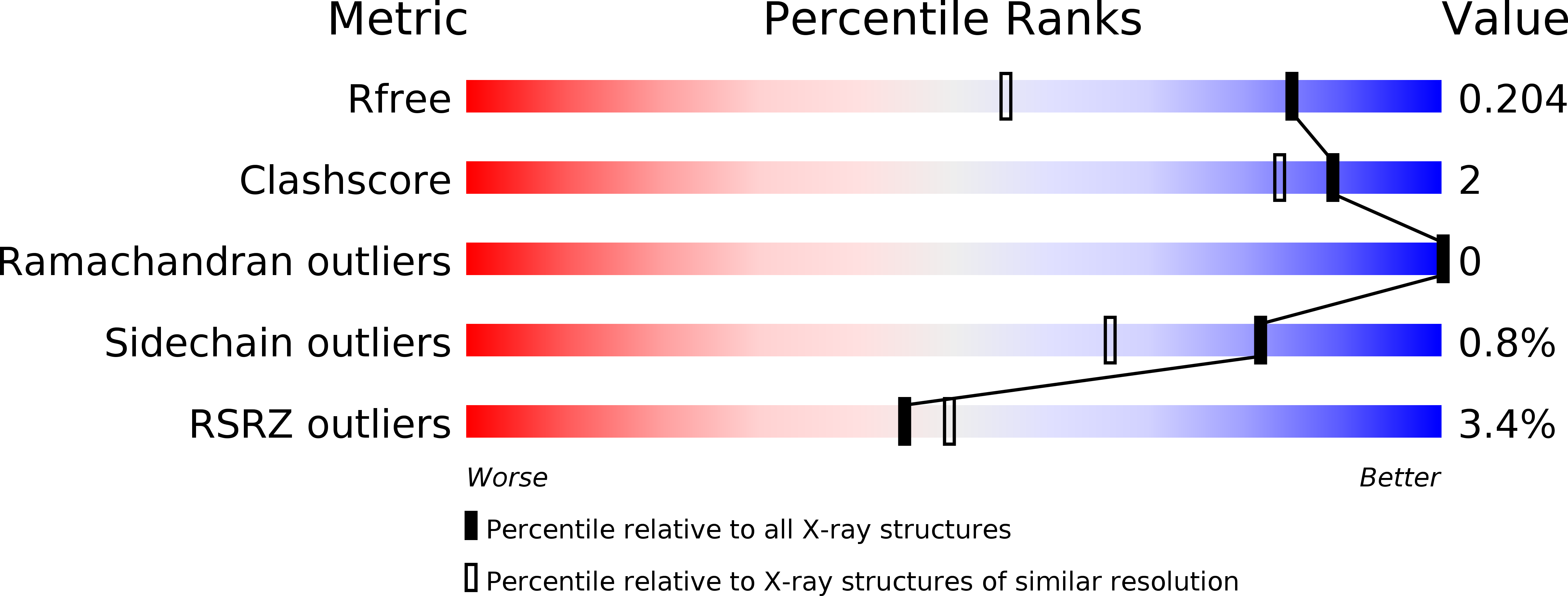
Deposition Date
2017-06-09
Release Date
2018-06-13
Last Version Date
2024-11-06
Entry Detail
Biological Source:
Source Organism:
Caenorhabditis japonica (Taxon ID: 281687)
Host Organism:
Method Details:
Experimental Method:
Resolution:
1.50 Å
R-Value Free:
0.19
R-Value Work:
0.16
R-Value Observed:
0.16
Space Group:
C 1 2 1


